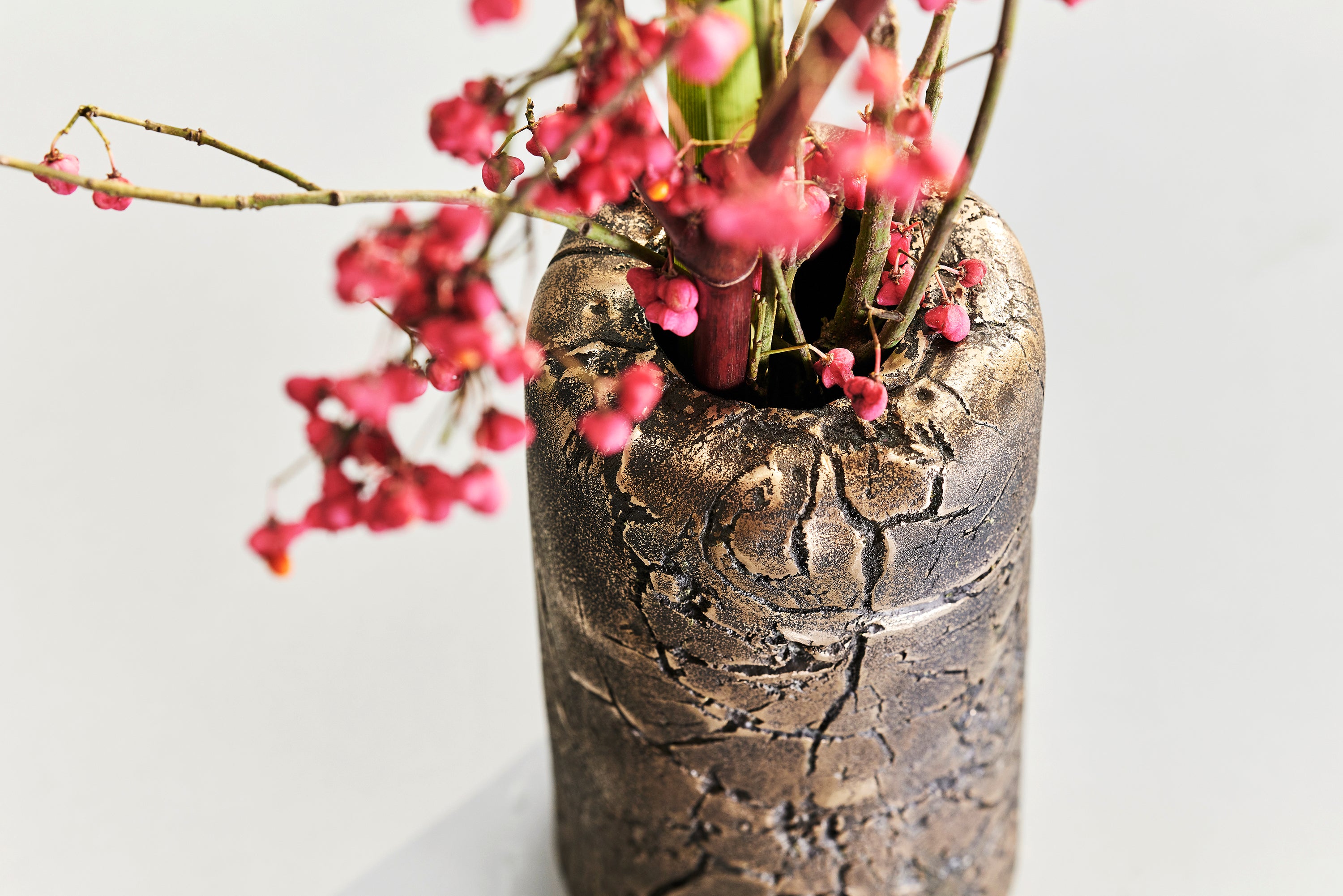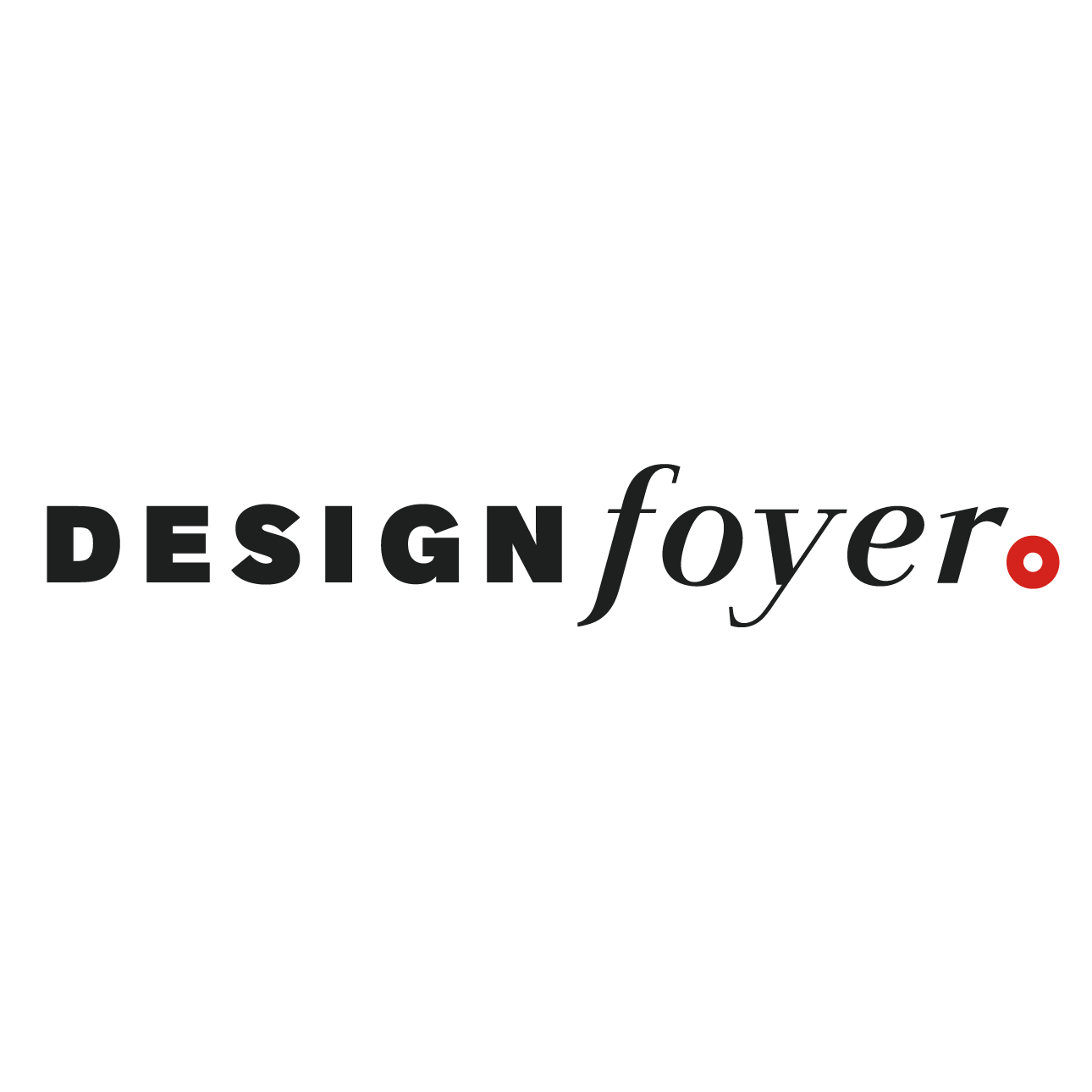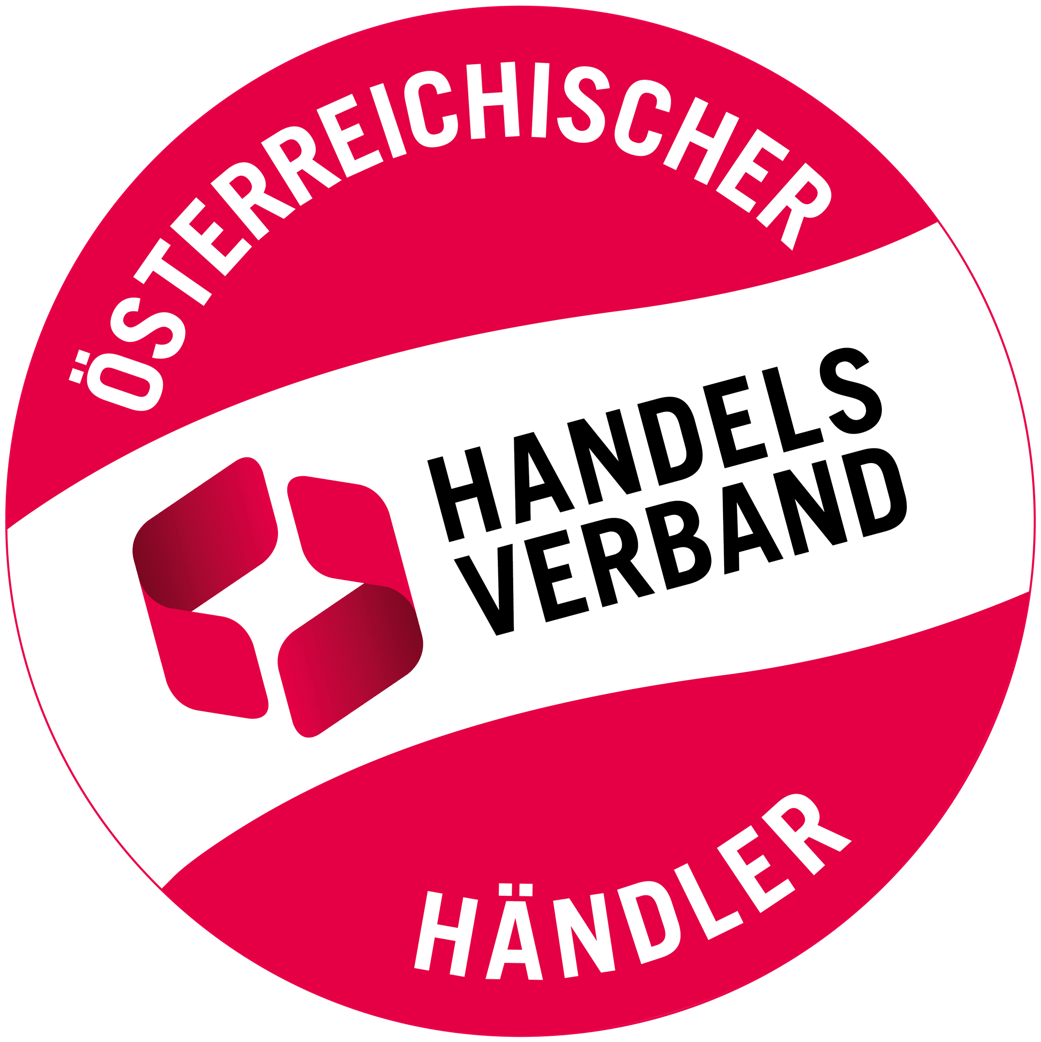Bronze , an alloy of copper and tin, has been used for thousands of years for a wide variety of applications. Few metals can look back on such an eventful, long and, above all, diverse history as copper and its alloys. The origins of bronze date back to the Bronze Age, which lasted from about 2500 BC to 800 BC. It is believed that the alloy was first developed by early civilizations in the Middle East, who used bronze for jewelry, weapons and tools. The use of bronze spread quickly in Europe and Asia and found application in many areas.
In addition to brass, which is often considered one of the oldest materials, bronze also played an important role in our history as a companion to technical progress. Aside from commercial and industrial use, bronze casting gained great importance in art. Church bells, statues and sculptures made of bronze have survived the centuries!
Bronze has a warm, golden color that gives it a special aura. This is why the material is also of great interest for handicrafts and fine art. The creative process begins with the artist's idea.
The artist's original model passes through the hands of the artisans in many individual steps and is prepared for casting. The lost wax process, which is based on a tradition that is thousands of years old, is a molding process that is used primarily in investment casting. It enables the production of precise cast objects with high surface accuracy. The lost wax process is used particularly for complicated sculptures and cast objects that have high demands on precision and surface quality. It is particularly suitable for objects with complex structures and geometries with many undercuts that are difficult or impossible to create using other casting processes.
I would like to introduce you to the Viennese designer Maria Irene Ganser , who is dedicated to the material bronze and the lost wax casting process. The way she handles this material is unique and in doing so saves a centuries-old tradition from extinction!
Irene Maria Ganser focuses on individual craftsmanship. Her candlesticks, vases and other design objects are not just meant to be admired, but also touched. Her great joy in experimentation is evident in the various areas in which she works.
Her objects are regularly shown at international design fairs, in exhibitions and in the architecture press. Dior Couture recently acquired a design object for its showroom in Forte dei Marmi and three of her punto tables were selected for the VIP area of the Austrian pavilion at Expo 2020 in Dubai. The artist is also already present at the design fair PAD Geneva and in the renowned architecture magazine AD France.
The designer succeeds in giving metal a warm and organic appearance. Ganser has her flawless works manufactured in a foundry outside Vienna and then gives them the finishing touches in her studio.
What does the artist say about this ?
"I love craftsmanship, and I'm particularly fond of old techniques like metal casting. The shine of brass and bronze has something timeless and elegant about it. It would be a shame if these centuries-old techniques were to die out. Tradition is very inspiring for me, and I love the Wiener Werkstätte. I work either with sand casting or the lost wax process, although the latter is only used by a few small craft businesses. It would be a tragedy if these companies had to close due to the crisis - this knowledge would be lost forever."
The artist studied fashion and design, first in Paris, then in Milan. Today she lives and works in Vienna - Hietzing, where, surrounded by the rich tradition of art foundry, she finds inspiration for her unique creations.
In our online shop www.design-foyer.com you will find some very interesting objects from the artists!
Yours, Gabi Bittermann
www.design-foyer.com




